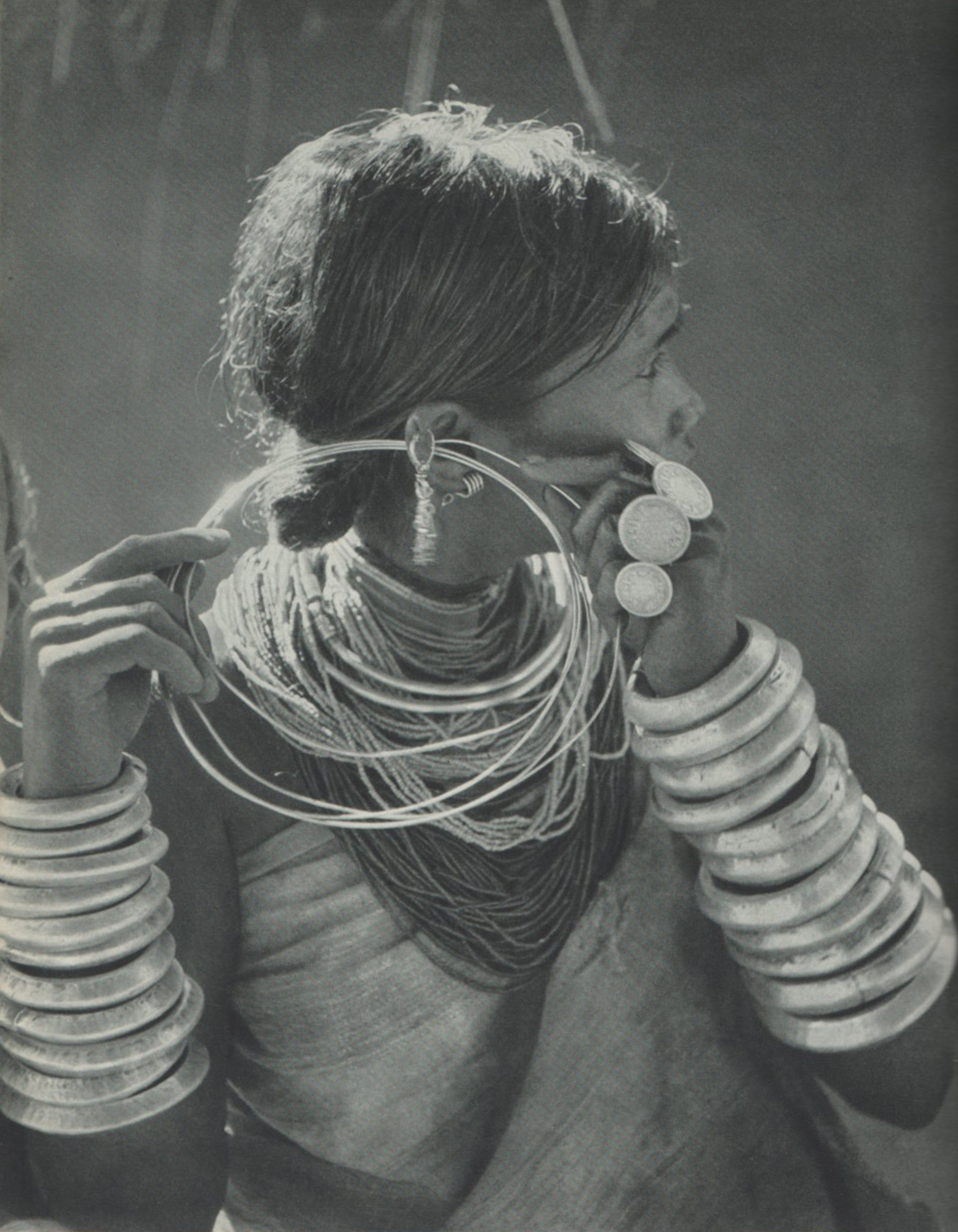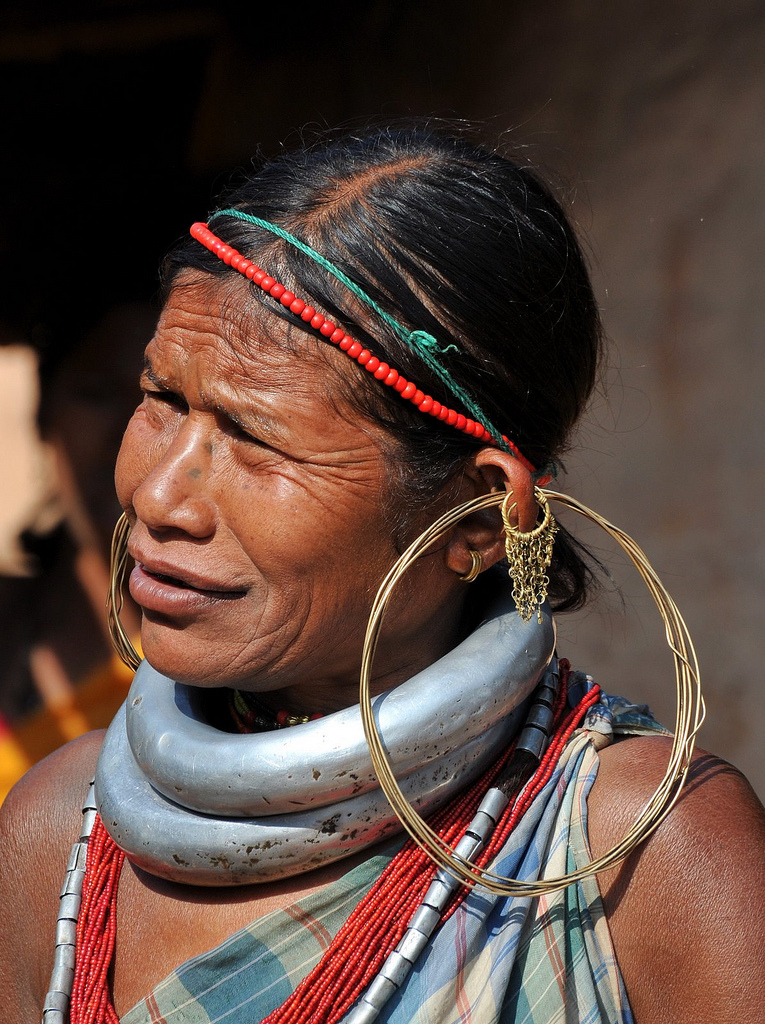Out of all tribal communities in Orissa 4 communities, such as the Santal, the Saora, the Ho and Kandha have developed their own scripts and achieved written language status. For the Santali language, which has been included in the 8th Schedule of our Constitution, Ol Chiki script has been devised.
The Saora language script is known as Soran Sompen, Warrang Chiki for Ho language and Kui lipi varnamala for Kandha language are known so far. The above written scripts also include numerical symbols from 1 to 9 and zero. Tribal Scenario in Orissa 46 Review of Tribal Sub-plan Approach In Orissa The multi-linguistic tribal situation in the State creates problems for communication in inter tribal as well as tribal and non-tribal levels. Although bilingualism prevails, the degree of linguistic adaptation to the dominant Oriya language as the regional state language is not uniform. The peculiarities connected with the multi-lingual situation act as barrier for planned development intervention, because of conspicuous hiatus between the stakeholders and the development practitioners. Therefore, there is need for further research in the field of ethno linguistic/ demo linguistic context which believes in unity amidst myriad fold of diversities and can pave the path for sustainable socio economic development of tribals.

